Pinpointing the best marketing strategy for your business is always a goal worth achieving. The best process to get there will depend on your overall marketing knowledge and how you implement it. One of the most important aspects to tackle early on is knowing the difference between B2B and B2C marketing. In this post, we’ll look at the differences and similarities between the two and some real-life examples to help you visualize and retain the information.
Let’s dive in.
- 1 What Do The B2B and B2C Marketing Acronyms Mean?
- 2 A Deeper Look At B2B Marketing
- 3 Examples Of B2B Marketing
- 4 A Deeper Look At B2C Marketing
- 5 Examples Of B2C Marketing
- 6 Can Businesses Use Both B2B and B2C Marketing Strategies?
- 7 How Are You Incorporating B2B and B2C Marketing Strategies In Your Business?
What Do The B2B and B2C Marketing Acronyms Mean?
The first thing you need to know is exactly what the acronyms mean.
- B2B = Business to Business. Applies to companies that work in niche markets, solving specific problems for other businesses.
- B2C = Business to Consumer. It’s more about selling products to people to use on a regular basis, most commonly for their daily lives and enjoyment.
At the core of both, it’s all about the end consumer. That’s why in both instances you can say that they’re both P2P (Person to person). The key difference is which person the marketing is being directed at.
You can also say that a company is B2B or B2C. ie: A B2B Company.
Let’s take a deeper look at both instances.
A Deeper Look At B2B Marketing
As noted above, B2B Marketing is a strategy used by businesses that offer products and services to other businesses. These can be anything from packaging solutions to wholesale electronic devices. Below, you’ll discover the most notable aspects of this marketing strategy.
Niche Marketing
Most B2B companies are considered to be in niche markets. Meaning that the products or services they offer are specifically directed at a particular type of business. For example, a company that sells products for contractors or a cloud-based CRM for business organization. An important part of B2B niche marketing is being able to showcase that you know what you’re talking about. Fluff and emotional copywriting isn’t common in B2B marketing. If you want your niche B2B company to be successful, show business owners how your products and services will make their business better.
Stakeholders Involved In Making A Buying Decision
When a company needs to buy something, be it a replacement for machinery, a social media scheduler, or a delivery van, there is always more than one person making the final buying decision. For that reason, B2B companies must tailor their strategy towards these decision-making groups. These are usually upper-class managers like product managers, operation managers, CEOs, etc. Use the correct lingo and expect your customers to ask follow-up questions before buying.
ROI Plays A Big Part in B2B Deals
Every purchase or deal that a company chooses to go ahead with is tied to the ROI it will bring. All the stakeholders involved in making a decision consider the potential return on investment. This is why deals take more time and dedication in the B2B space. A B2B company must show how their product or service will bring a positive ROI and why.
The Importance Of Long-lasting Relationships
Continuing from the ROI aspect of B2B marketing is the need for long-lasting relationships. Having a well-established relationship becomes a sort of partnership between companies. A B2B company knows how important it is for a business to have the right tools and resources. The customer relations managers in B2B companies have to work a little harder to cement relationships that can potentially last years.
The B2B E-commerce Niche
Some B2B companies fit into a slightly different category than a regular niche market. These are B2B e-commerce companies. These are businesses that sell physical products through online platforms, much like a B2C company would. The difference is that they do it wholesale. For example, a computer store that sells to schools and offices, a clothing manufacturer that sells to chain retailers. Also in this space are suppliers of any kind of product that sell to resellers.
Examples Of B2B Marketing
Now let’s take a look at some examples of B2B marketing from B2B companies. You’ll notice how their messaging is directed at business owners, CEOs, and managers. Their copy is succinct and to the point. The use of storytelling is present as well. What you won’t see much of, is the use of emotional marketing.
Salesforce
The first example is Salesforce, a practical CRM (Customer Relationship Management) solution. Their angle is bringing companies and customers together in one platform. Their website is attractive while also being corporate. It’s not an easy mix but they’ve nailed it.
Below the website screengrab is one of their latest tweets. The copy says “Put your customer at the center of everything you do.” Once again, the message is clear, Salesforce is here to help businesses have better relationships with their customers.

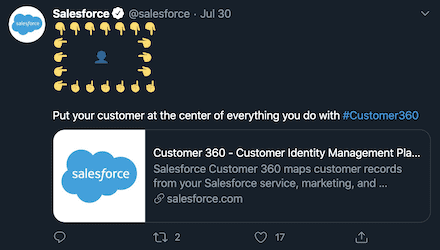
Berlin Packaging
The second example of a B2B company doing B2B marketing is Berlin Packaging. This is a packaging company that offers solutions for companies that sell products that need to be packaged. Their angle is custom packaging solutions, not just run of the mill plastic containers.
On the website below, you can see how their biggest offer is the custom packaging offer. Then below that is a general selection of the most common packaging for any business. Continuing the screengrab is one of their latest tweets. Here, they promote their custom packaging from concept to commercialization service. You can see that at every step of the way in their B2B marketing strategies, their audience is product managers or business owners.
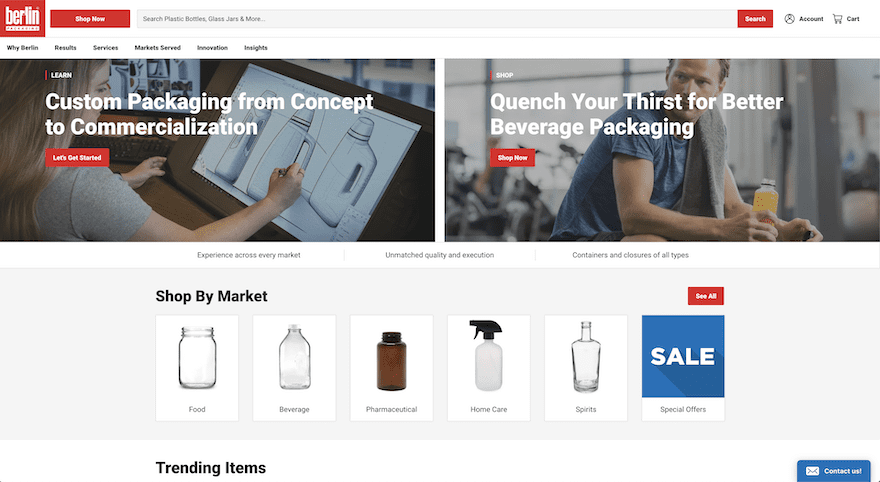
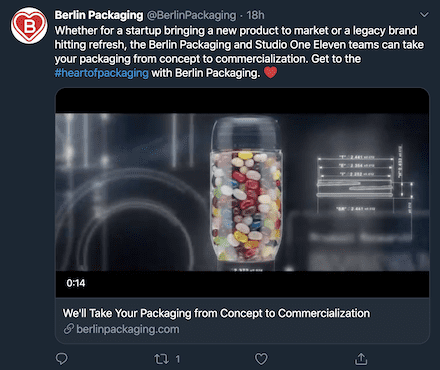
A Deeper Look At B2C Marketing
As we shared above, B2C Marketing is a strategy used by companies that sell products and services to direct consumers. For example, clothing companies, streaming platforms, and food delivery services. Let’s take a look at the most notable aspects of B2C Marketing.
Copy Has An Emotional / Fun Factor
The most important thing to note in the B2C space is how much emotion is involved in the strategies and copy. Marketers say that what’s important is not what your product will do for a customer but how it will make them feel. On top of the emotional aspect is also the use of fun and entertaining content to attract a consumer’s attention. This strategy is achieved through humor, engaging visuals like mascots, illustrations, and video. The key to using emotional marketing is knowing what your consumer really wants, not so much what they need. It’s all about finding the sweet spot between the two.
Sales Are Faster With Less Back And Forth
Sales in the B2C space tend to be much faster than in B2B. Even if a consumer shops around for the best version of what they’re looking for, they will ultimately buy in less time it takes for a company to make a decision on a new deal. With the easy use of online transactions and no-contact shopping, sales are now even faster. If the company gets its emotional marketing right, a sale can take even less time.
Brand Loyalty And Relatability Are Important
B2C companies aren’t usually looking for long-term relationships from their customers. What they strive for is brand loyalty and relatability. Through the use of emotional marketing, storytelling, and strategic copy, B2C brands are more about becoming house-hold names and becoming part of their consumer’s lives.
Examples Of B2C Marketing
Now, let’s take a look at some examples of B2C companies doing B2C marketing. You’ll notice a direct messaging to every day regular people. Niche B2C companies use a purposeful message to make the consumer feel like they can relate to the brand.
The North Face
Our first example is The North Face. The screengrab of their website features their best selling backpacks and a message that says “Got Your Back.” They don’t even need to write a whole sentence for the consumer to feel like The North Face has got their back.
Below is a tweet for the same backpack campaign. The copy says “redesigned with you in mind so you can pack more into every day.” Can’t get more personalized and relatable than that! The images are also a great choice, showing urbanites out and about with their North Face backpacks.
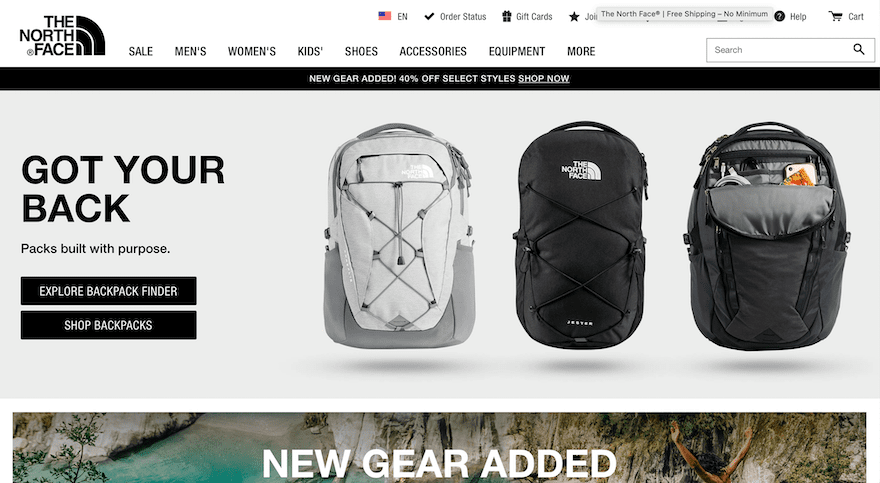
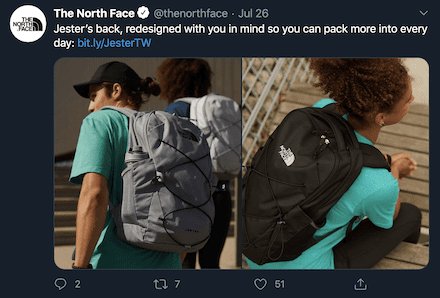
Glovo App
The second example is the Glovo App, international food (and everything) delivery service. The landing page to their website has an IP location tracker and will automatically show what is available for the city you’re in. If there’s no Glovo where you are, it’ll show the closest city. The copy says “Anything in (a chosen city) delivered in minutes.” When they say “anything”, they really mean it. Customer loyalty to Glovo is deep-set, and during the pandemic, it has only improved.
Below the website screengrab is a tweet they published from the Glovo HQ in Barcelona. The message says “These are difficult times, also for the restaurants and food shops of your city. Their kitchens are still open, to deliver whatever you need to your home.” This message has a double emotional factor, it makes people want to order from these businesses that had to close due to the pandemic while also savoring the food shown cooking in the video.
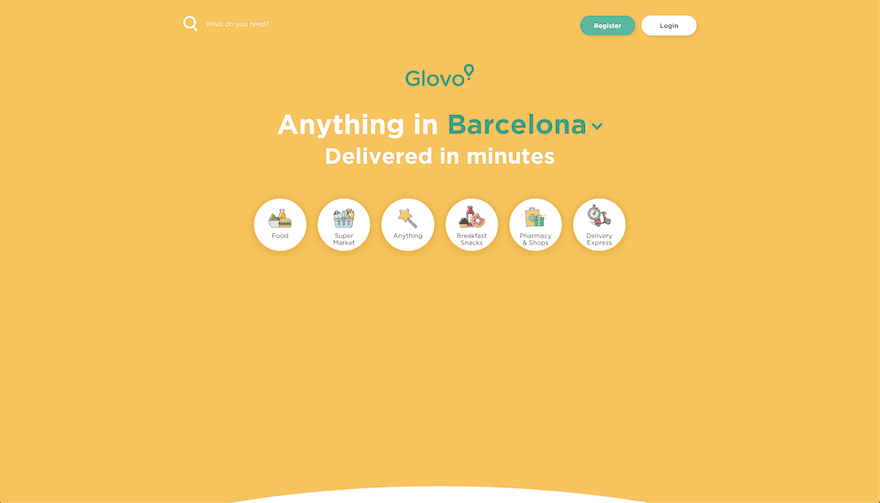
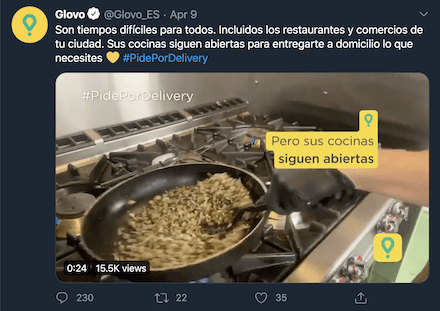
Can Businesses Use Both B2B and B2C Marketing Strategies?
Every business fits into one of the above two categories but a lot of the time there’s an intersection between the two. In a general sense, B2B marketing takes some cues from B2C Marketing and vice versa. Furthermore, in some cases, a business can run both B2B and B2C campaigns simultaneously.
Home Depot
The example we have for a business that fits into both B2B and B2C is Home Depot. The story of Home Depot is deeply rooted in DIY home renovation, so their original space is B2C. But in the past few years, they incorporated a B2C angle for contractors and professional renovators and handymen. When you land on their website, you’re welcomed by the B2C copy and visuals, but you’ll see in the menu a button that says “For The Pro” that will take you to their B2B site.
The transition between the two is seamless and well done. Business owners who have shopped at Home Depot for their homes already have the brand loyalty aspect ingrained in them. Shopping at Home Depot for their business is the obvious solution.
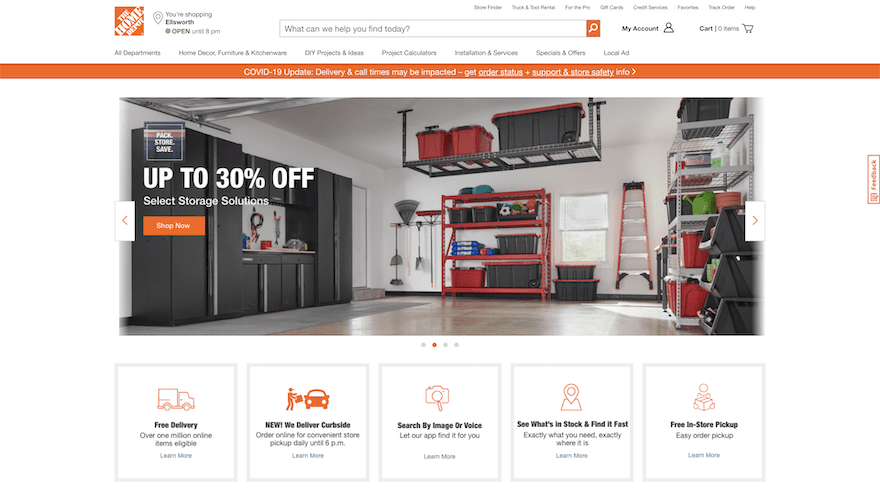
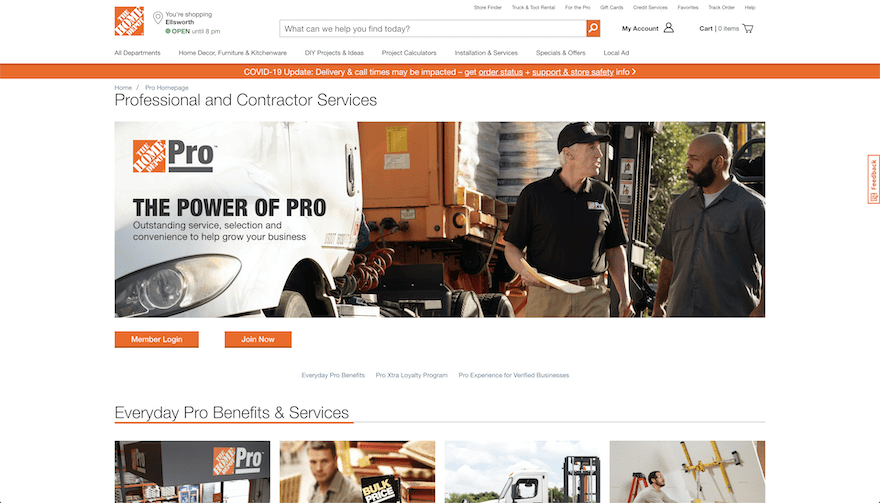
How Are You Incorporating B2B and B2C Marketing Strategies In Your Business?
Which space does your business fit into? Do you feel like you are truly using the space to your advantage? Many marketers will tell you that the differences between B2B and B2C marketing are like oil and water but the truth is that it’s a little more complex than that. The different aspects we detailed above are true of each, but each space can also learn from the other to further improve their strategies.
What are your thoughts on the difference between B2B and B2C Marketing? Are they super different or do they intersect? Leave us a comment below.

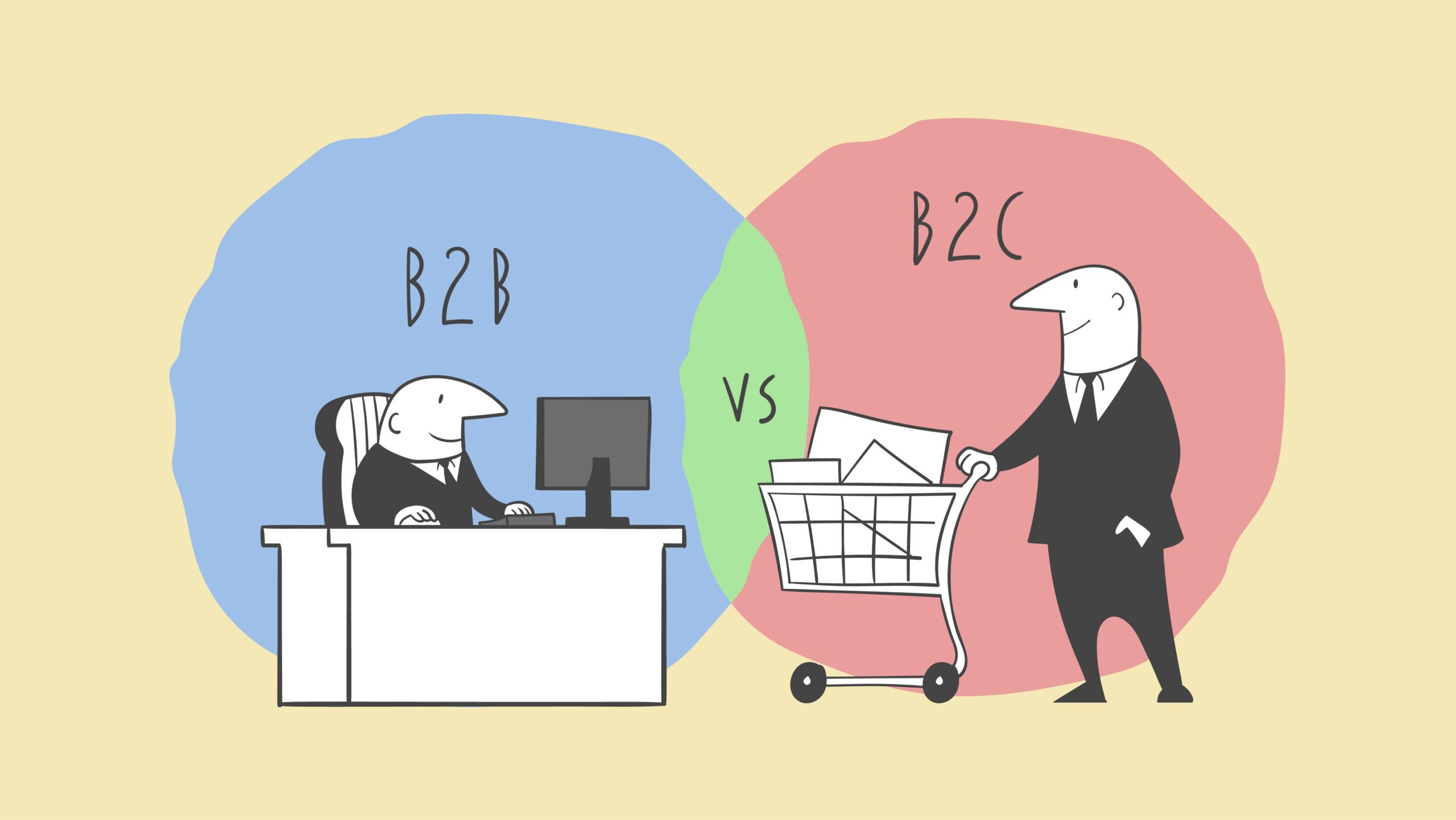




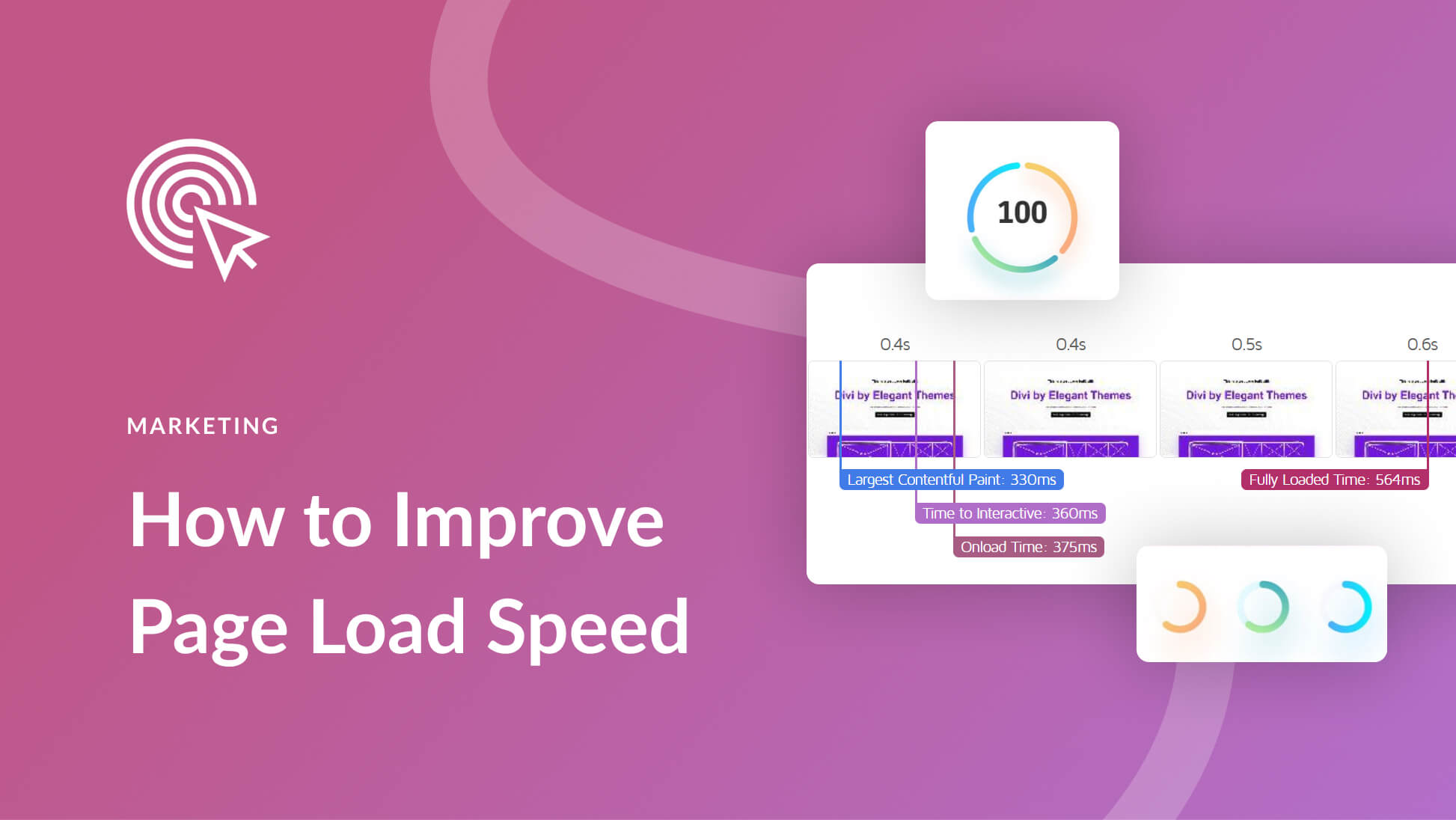


Leave A Reply